Top 10 Tablet Flops
There are tablets that are mildly disappointing, you know, the kind that don't quite live up to their potential. And then there are slates that are so bad they should have never seen the light of day. We're talking about the kind of fail that should cause a company to rethink its whole product strategy. Some of these tablets were so awful they caused their makers' stocks to tank. Hard. Here are the top 10 tablet flops.
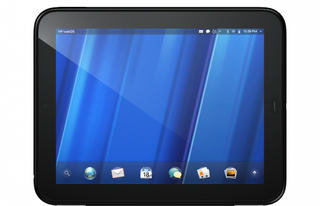
HP TouchPad
Putting the multitasking-friendly webOS into a tablet with a dual-core processor and Flash support seemed like a great idea. Too bad the TouchPad was sluggish and buggy, had short battery life and lacked compelling apps. HP killed this product just 49 days after its launch, and the last remaining TouchPads were fire-sold for $99. This tablet was such a failure that HP pulled the plug on all webOS hardware after spending $1.2 billion on Palm just 6 months earlier. Not coincidentally, HP replaced its CEO not long after.
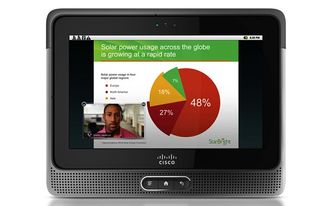
Cisco Cius
Cisco mercifully decided to pull the plug on its enterprise-focused Cius tablet, and many think it's because the device was simply too little, too late. After its launch, the 7-inch, Android-powered Cius took almost a year to reach general availability. Support for Cisco TelePresence and a dedicated business app portal just weren't enough to justify the insane $750 price.
Read More: Cisco Demos Cius Tablet
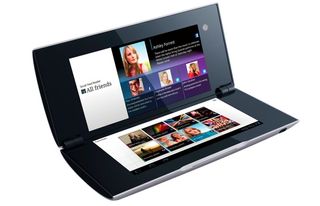
Sony Tablet P
Bigger than a phone but more compact than the iPad, the Tablet P tried to double tablet shoppers' pleasure with two 5.5-inch displays. Some apps took advantage of the extra real estate, but you couldn't run one app on top and another on the bottom. Worse, the Tablet P was heavy and thick when closed, and there was a distracting bezel between the screens. Add in ancient, touch-unfriendly PlayStation games and support for AT&T's last-generation HSPA network--not 4G LTE--and you had a lot of reasons to avoid paying a monthly data fee for this $399 device.
Stay in the know with Laptop Mag
Get our in-depth reviews, helpful tips, great deals, and the biggest news stories delivered to your inbox.
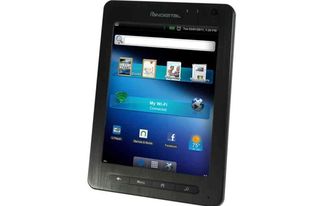
Pandigital Nova
The Nova couldn't have arrived at a worse time. Soon after Amazon announced the $199 Kindle Fire with a dual-core processor, capacitive screen and premium build quality, Pandigital unleashed a $189 competitor with a slow 558-MHz CPU, a crappy resistive touchscreen, and a chintzy design. Oh, and you had to use GetJar to get apps. As a result, we bestowed the Nova with a very rare 1.5-star review.
Read Our Pandigital Nova Review
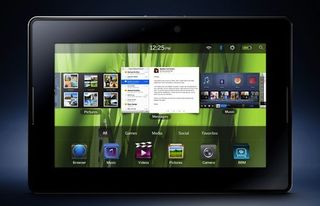
BlackBerry PlayBook
Nothing exemplifies RIM's troubles like the Playbook. Introduced in 2011, this tablet was plagued with buggy software, a poor and limited app selection, and even lacked native email support at launch. Initially, you had to tether a BlackBerry phone to the slate to get your messages and calendar. Seriously. While subsequent updates to the OS have improved matters, the PlayBook's 2.3-percent market share is mainly attributed to drastic price cuts. Last time we checked RIM's stock lost 74 percent in the last year. BlackBerry 10 couldn't come soon enough.
Read Our BlackBerry PlayBook Review
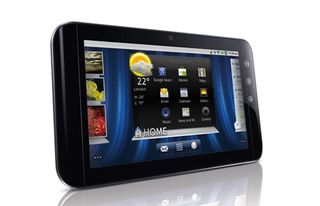
Dell Streak 7
After less than a year in stores, Dell pulled its Streak 7 tablet from the market in December of 2011. The reason? The low-res 800 x 480 screen certainly didn't help. Neither did the awful battery life. The Streak 7 lasted just 3 hours and 48 minutes on a charge when using T-Mobile's 4G network, and the endurance only increased to a little over 4 hours on Wi-Fi. We liked the speed of this Tegra 2-powered slate, but that wasn't enough for Dell to stand out. The company eventually stopped selling both Android tablets and phones.
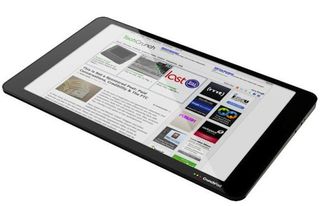
Fusion Garage JooJoo
The controversy surrounding the JooJoo involved Michael Arrington and a big, fat lawsuit. By the time the product launched (after a delay), it was pretty much doomed, and was soon after pulled off the market. As it turns out, no one wanted to pay the same price as the iPad for a heavy 12-inch tablet with no apps and seriously buggy software. But Fusion Garage, the company behind the JooJoo, would try again...
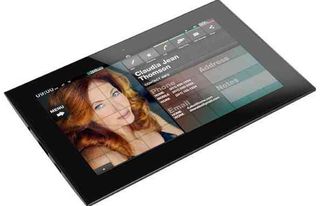
Fusion Garage Grid10
You know you're in trouble when the only way to get people excited about your tablet is to temporarily change your name to TabCo as a publicity stunt. Alas, the Grid10 was a Fusion Garage product through and through, complete with a mini map on the home screen for navigating the confusing UI. The $200 price drop before this product was even released was yet another ominous sign. The Grid10 spelled the death knell for Fusion Garage, which went into liquidation in January, owing creditors $40 million.
Read Our Fusion Garage Grid 10 Review
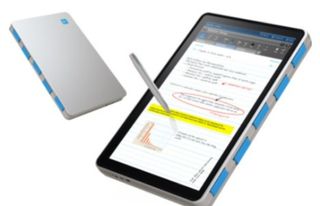
Kno
A rather crazy attempt at a 14-inch dual-screen tablet aimed at students, the Kno was a hefty 5.5 pounds before the company chopped it in half, offering a single-screen version as well. Both were sent to the principal's office. When the company figured out it was better at software, it began making apps for much more successful platforms, such as the iPad.
Watch: Kno Tablet Hands-on Video
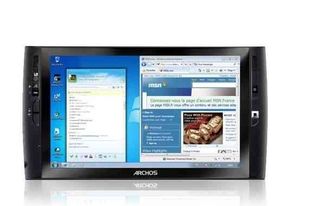
Archos 9 PCTablet
This pretty much says it all: "If I were Microsoft, I would politely ask Archos not to sell the Archos 9. This tablet doesn’t just make its creator look bad, it makes Windows 7 look like it doesn’t belong on touch-enabled PCs." As it turns out, we were right, as evidenced by Microsoft's new direction with Windows 8. But that didn't excuse Archos from releasing a product in 2010 with an unresponsive touchscreen, maddeningly slow keyboard, and just 4 hours of battery life. Here's another gem from our review describing the speed of this 1.5-star slate: "Do you like watching spinning circles? Then you’re going to love using the Archos 9."
